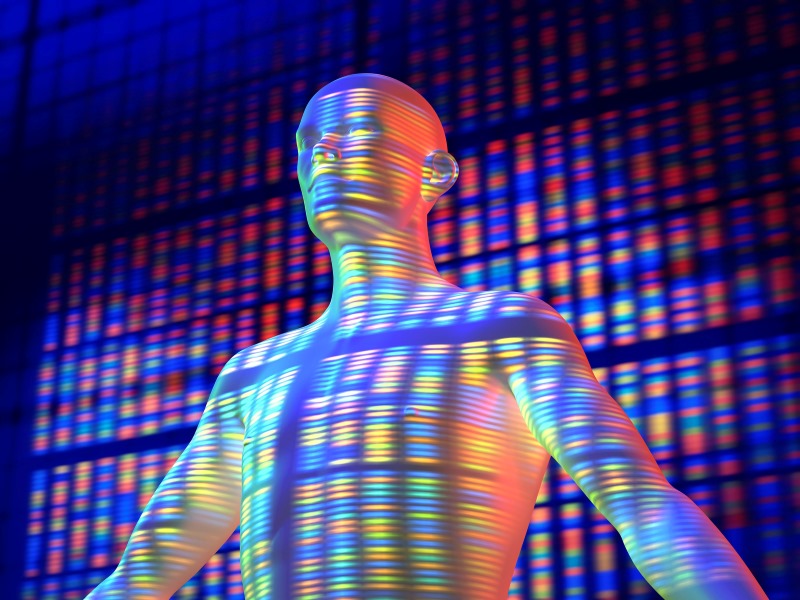Understanding Burn-Mckeown Syndrome disease
Burn-Mckeown Syndrome, also known as choanal atresia-hearing loss-cardiac defects-craniofacial dysmorphism syndrome, is related to choanal atresia, posterior and postaxial acrofacial dysostosis. An important gene associated with Burn-Mckeown Syndrome is TXNL4A (Thioredoxin Like 4A), and among its related pathways/superpathways are Processing ...
Elevate Your Aplasia Cutis Congenita Care disease
Aplasia Cutis Congenita, Nonsyndromic, also known as congenital defect of skull and scalp, is related to corpus callosum, agenesis of and aplasia cutis congenita. An important gene associated with Aplasia Cutis Congenita, Nonsyndromic is BMS1 (BMS1 Ribosome Biogenesis Factor). Affiliated tissues include skin, bone and brain, and related ...
Angelman Syndrome: Lifestyle and Care disease
Angelman Syndrome, also known as as, is related to prader-willi syndrome and angelman syndrome due to imprinting defect in 15q11-q13, and has symptoms including constipation, seizures and tremor, limb. An important gene associated with Angelman Syndrome is UBE3A (Ubiquitin Protein Ligase E3A), and among its related pathways/superpathways are ...
Living with Basan Syndrome: Manage and Cope disease
Basan Syndrome, also known as adermatoglyphia with congenital facial milia and acral blisters, digital contractures, and nail abnormalities, is related to contractures, pterygia, and spondylocarpotarsal fusion syndrome 1a and adermatoglyphia. An important gene associated with Basan Syndrome is SMARCAD1 (SWI/SNF-Related, Matrix-Associated ...
Living with Autosomal Dominant 5: Managing and Thriving disease
Intellectual Developmental Disorder, Autosomal Dominant 5, also known as mrd5, is related to syngap1-related intellectual disability and motor stereotypies, and has symptoms including seizures An important gene associated with Intellectual Developmental Disorder, Autosomal Dominant 5 is SYNGAP1 (Synaptic Ras GTPase Activating Protein 1). ...


